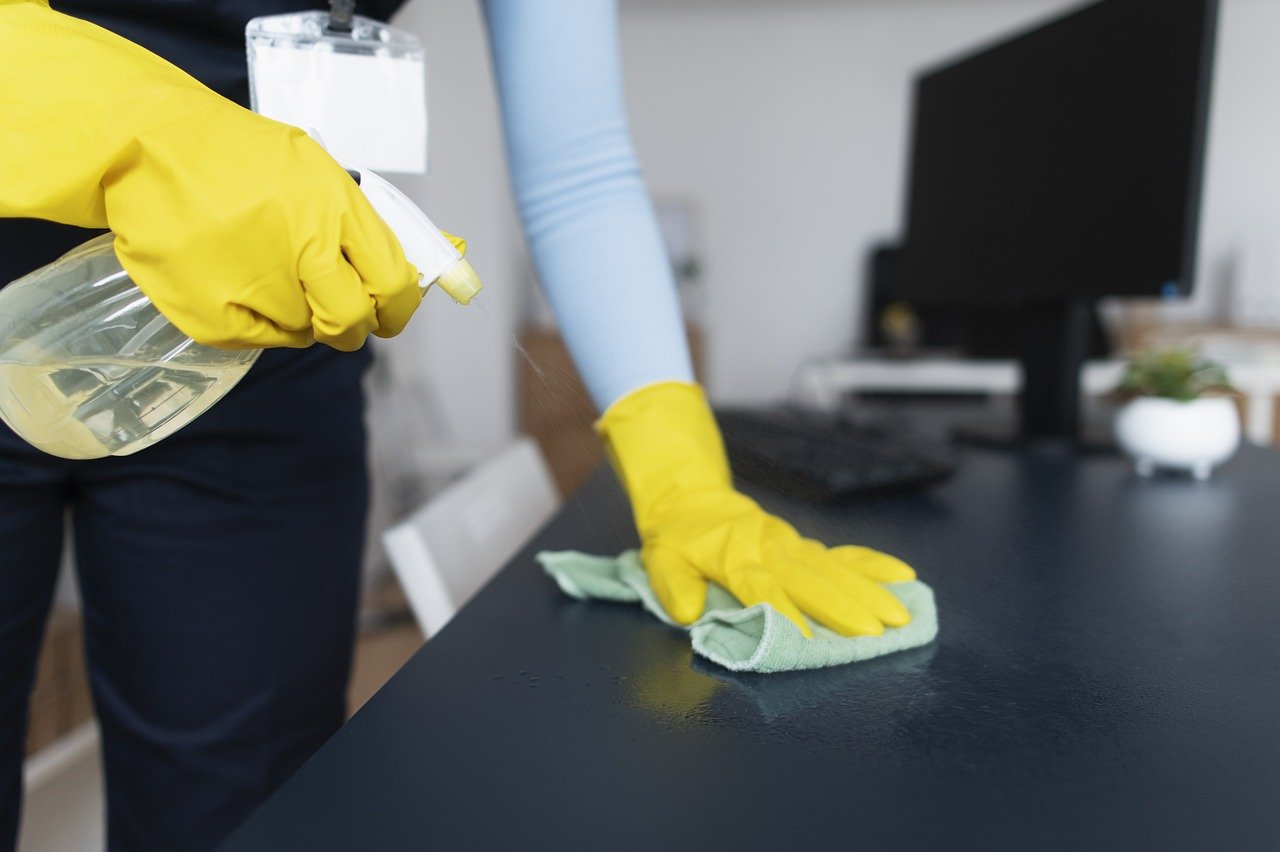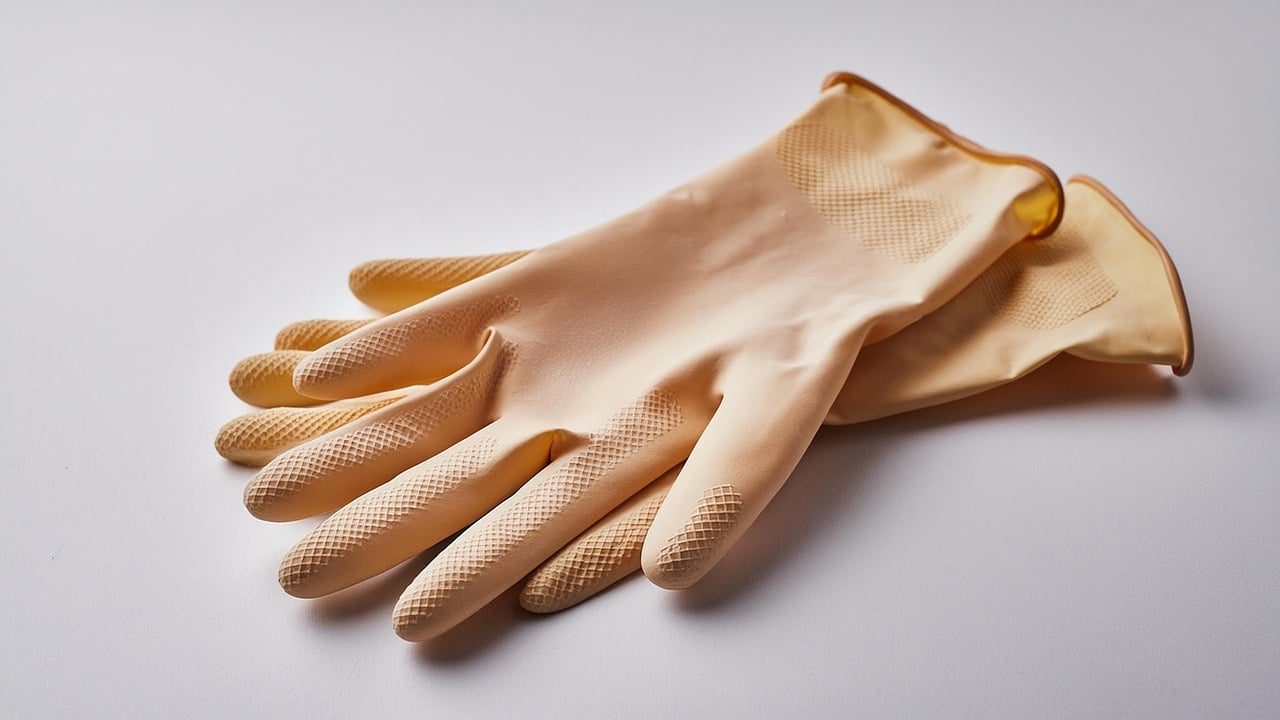Allergy season can be a challenging time for many, with indoor allergens exacerbating symptoms and making home life uncomfortable. Common culprits like pollen, dust mites, pet dander, and mold accumulate in various areas of your living space, often unnoticed until allergy symptoms flare up. To effectively combat these irritants, it’s crucial to understand where they lurk and how they enter your home.
Pollen and Dust: The Invisible Intruders
Pollen and dust are microscopic particles that easily find their way into our homes, settling on surfaces and becoming airborne with the slightest disturbance. These allergens are particularly troublesome during allergy season when pollen counts are high.
Common areas where pollen and dust accumulate:
- Windowsills and window tracks
- Carpets and rugs
- Curtains and drapes
- Bookshelves and decorative items
- Ceiling fans and light fixtures
- Air vents and registers
- Upholstered furniture
To combat these invisible intruders, regular cleaning of these areas is essential. Using microfiber cloths and HEPA filter vacuums can significantly reduce the amount of dust and pollen in your home.
Mold and Mildew: Hidden Dangers
Mold and mildew thrive in damp, humid environments with poor ventilation. These fungi release spores into the air, which can trigger allergic reactions and respiratory issues. Identifying and addressing areas prone to mold growth is crucial for maintaining a healthy home environment.
High-risk areas for mold growth:
- Bathrooms (especially shower curtains and grout lines)
- Basements and crawl spaces
- Kitchen sinks and garbage disposals
- Window frames and sills
- Air conditioning units and ductwork
- Attics with poor ventilation
- Laundry rooms
To prevent mold growth, maintain proper ventilation and use dehumidifiers in damp areas. Regularly inspect these high-risk zones and use anti-mold sprays when necessary.
| Mold Prevention Strategy | Benefits |
|---|---|
| Use dehumidifiers | Reduces moisture levels, inhibiting mold growth |
| Improve ventilation | Prevents moisture buildup and promotes air circulation |
| Fix leaks promptly | Eliminates water sources that feed mold |
| Use mold-resistant products | Provides long-term protection in high-risk areas |
| Regular cleaning with vinegar or hydrogen peroxide | Natural, non-toxic mold prevention |
Step-by-Step Deep Cleaning Guide

A thorough deep cleaning is essential for removing allergens and creating a healthier living environment. Follow this structured plan to effectively eliminate allergens from your home.
Decluttering: The First Step
Before diving into deep cleaning, decluttering is crucial. Excess items not only collect dust but also make thorough cleaning more difficult. By reducing clutter, you minimize surfaces where allergens can settle and make your cleaning efforts more effective.
Items to declutter:
- Old magazines and newspapers
- Unused clothing and textiles
- Obsolete electronics
- Expired medications and cosmetics
- Redundant kitchen gadgets
- Outgrown toys and games
- Unnecessary decorative items
Consider donating usable items and recycling what you can to minimize waste. This process not only prepares your home for deep cleaning but also creates a more organized and peaceful living space.
Dusting and Vacuuming: The Essentials
Effective dusting and vacuuming are cornerstone tasks in allergen removal. Use microfiber cloths for dusting, as they trap particles rather than dispersing them into the air. For vacuuming, a machine with a HEPA filter is essential to capture fine allergens.
Best practices for dusting and vacuuming:
- Start from the top and work your way down (e.g., ceiling fans before floors)
- Use damp microfiber cloths to trap dust effectively
- Pay special attention to often-overlooked areas like baseboards and door frames
- Vacuum carpets and upholstery slowly, making multiple passes
- Don’t forget to vacuum mattresses and box springs
- Clean or replace vacuum filters regularly
| Vacuum Type | Allergen Removal Effectiveness | Best For |
|---|---|---|
| Upright with HEPA filter | High | Carpeted homes |
| Canister with HEPA filter | High | Homes with various floor types |
| Robot vacuum with HEPA filter | Moderate | Daily maintenance |
| Cordless stick vacuum | Moderate | Quick cleanups |
| Central vacuum system | Very High | Whole-house cleaning |
Washing Fabrics: Eliminating Dust Mites
Dust mites, microscopic creatures that feed on dead skin cells, are a major indoor allergen. They thrive in bedding, upholstery, and other fabrics. Regular washing of these items in hot water is crucial for eliminating dust mites and their allergens.
Items to wash weekly:
- Bed sheets and pillowcases
- Bath towels and washcloths
- Kitchen towels and dish cloths
- Throw pillow covers
- Pet bedding
For items that can’t be washed weekly, such as comforters or curtains, aim for monthly cleaning. Use water temperatures of at least 130°F (54°C) to effectively kill dust mites. Consider using dust mite-proof covers for mattresses and pillows to create an additional barrier.
Tackling Specific Areas for Allergen Control
Different areas of your home require specific cleaning approaches to effectively control allergens. Let’s explore the key areas that need focused attention during your deep cleaning process.
Bedroom: The Allergen Hotspot
The bedroom is where we spend a significant portion of our time, making it a prime location for allergen accumulation, especially dust mites. A thorough cleaning routine for this space is crucial for reducing allergy symptoms and ensuring restful sleep.
Tips for a allergen-free bedroom:
- Wash bedding weekly in hot water (130°F or higher)
- Use hypoallergenic pillows and mattress covers
- Vacuum the mattress and box spring monthly
- Keep pets out of the bedroom if possible
- Minimize decorative items that collect dust
- Use blinds or washable curtains instead of heavy drapes
- Consider an air purifier with a HEPA filter for the room
Implementing these practices can significantly reduce allergens in your sleeping environment, leading to better sleep quality and fewer allergy symptoms.
Bathroom: Mold Prevention
Bathrooms are prone to mold and mildew due to their humid environment. Regular cleaning and moisture control are essential to prevent these allergens from thriving.
Bathroom cleaning checklist:
Daily Tasks:
- Wipe down shower walls and curtain after use
- Use a squeegee on glass shower doors
- Run exhaust fan during and after showers
Weekly Tasks:
- Scrub toilet, sink, and bathtub/shower
- Wash bath mats and towels
- Clean mirrors and fixtures
- Mop floors
Monthly Tasks:
- Deep clean grout lines
- Wash shower curtain and liner
- Clean exhaust fan cover
- Check and replace caulking if necessary
Using a bathroom-specific cleaner with mold-inhibiting properties can provide long-lasting protection against mold growth. Always ensure proper ventilation by running the exhaust fan or opening a window during and after showers to reduce humidity levels.
Living Areas: Managing Pet Dander
For pet owners, managing dander is a crucial part of allergen control. Pet dander, composed of tiny flecks of skin shed by animals, can be a significant trigger for allergies.
Strategies for reducing pet dander:
- Groom pets regularly, preferably outdoors
- Use a damp microfiber cloth to wipe down pets daily
- Vacuum furniture and carpets with a HEPA filter vacuum at least twice a week
- Wash pet bedding weekly in hot water
- Consider using furniture covers that can be easily washed
- Keep pets off beds and upholstered furniture if possible
- Use air purifiers with HEPA filters in rooms where pets spend the most time
Pet-friendly cleaning products:
- Enzymatic cleaners for pet stains and odors
- Microfiber pet hair removal tools
- Rubber brooms for carpet pet hair removal
- Hypoallergenic pet wipes for quick clean-ups
- HEPA filter vacuum cleaners designed for pet hair
By implementing these strategies and using appropriate cleaning products, you can significantly reduce the amount of pet dander in your living spaces, making them more comfortable for both allergy sufferers and non-allergic individuals.
Improving Indoor Air Quality

Enhancing indoor air quality is a crucial component of allergen control. While deep cleaning removes allergens from surfaces, improving air quality helps reduce airborne particles and creates a healthier living environment overall.
Using Air Purifiers
Air purifiers with HEPA filters are highly effective at removing airborne allergens, including pollen, dust, pet dander, and mold spores. These devices can significantly improve indoor air quality, especially in bedrooms and high-traffic areas of your home.
| Air Purifier Model | Room Size Coverage | HEPA Filter | Additional Features |
|---|---|---|---|
| Dyson Pure Cool TP04 | Up to 400 sq ft | Yes | Fan function, app control |
| Coway AP-1512HH | Up to 361 sq ft | Yes | 4-stage filtration, air quality indicator |
| Honeywell HPA300 | Up to 465 sq ft | Yes | 3 cleaning levels, automatic shut-off |
| Blueair Blue Pure 211+ | Up to 540 sq ft | Yes | Washable pre-filter, energy efficient |
| Levoit Core 300 | Up to 219 sq ft | Yes | Quiet operation, 3-stage filtration |
When choosing an air purifier, consider the size of the room, the type of filters used, noise levels, and energy efficiency. Regular maintenance, including filter replacements, is essential for optimal performance.
Maintaining Ventilation
Proper ventilation is key to reducing indoor allergens and improving air quality. Good airflow helps prevent the buildup of moisture, reduces the concentration of airborne allergens, and promotes a healthier indoor environment.
Daily ventilation practices:
- Open windows for at least 15 minutes daily, especially in the morning
- Use exhaust fans in bathrooms and kitchens during and after use
- Keep interior doors open to promote air circulation throughout the home
- Use ceiling fans to improve air movement
- Avoid blocking air vents with furniture or curtains
- Consider using a whole-house fan for improved ventilation in larger homes
- Regularly clean or replace HVAC filters to ensure efficient air circulation
Implementing these ventilation practices, along with using air purifiers and maintaining a clean home, can significantly reduce indoor allergens and create a more comfortable living environment during allergy season.
Conclusion
Deep cleaning your home for allergy season is a comprehensive process that requires attention to detail and regular maintenance. By understanding the sources of common allergens and implementing targeted cleaning strategies, you can significantly reduce allergy triggers in your living space.
Key takeaways for effective allergen control:
- Regular decluttering to minimize surfaces where allergens can accumulate
- Thorough dusting and vacuuming with HEPA filter equipment
- Frequent washing of fabrics in hot water to eliminate dust mites
- Special attention to high-risk areas like bedrooms and bathrooms
- Proper management of pet dander through grooming and cleaning
- Use of air purifiers and maintaining good ventilation
Remember, consistency is key in managing indoor allergens. By incorporating these deep cleaning practices into your regular routine, you can create a healthier, more comfortable home environment that supports your well-being throughout allergy season and beyond. Stay vigilant, keep your cleaning supplies stocked, and enjoy the benefits of a cleaner, allergen-reduced home.

